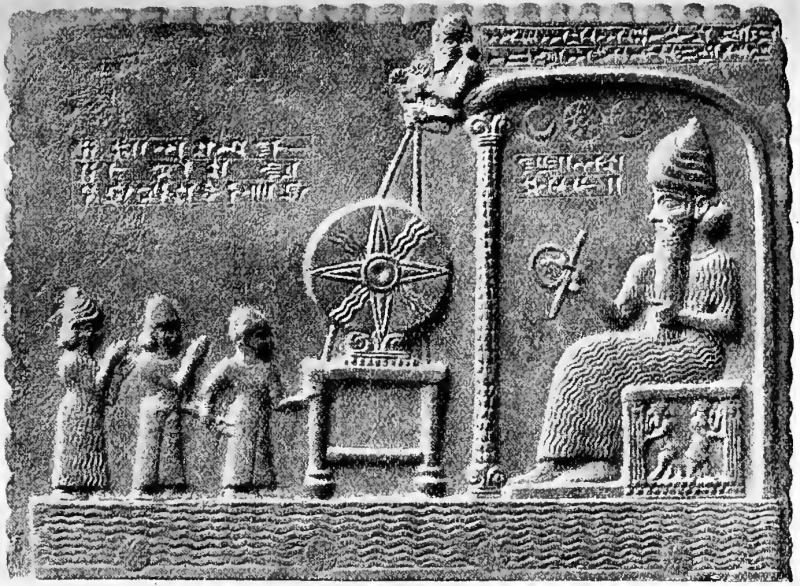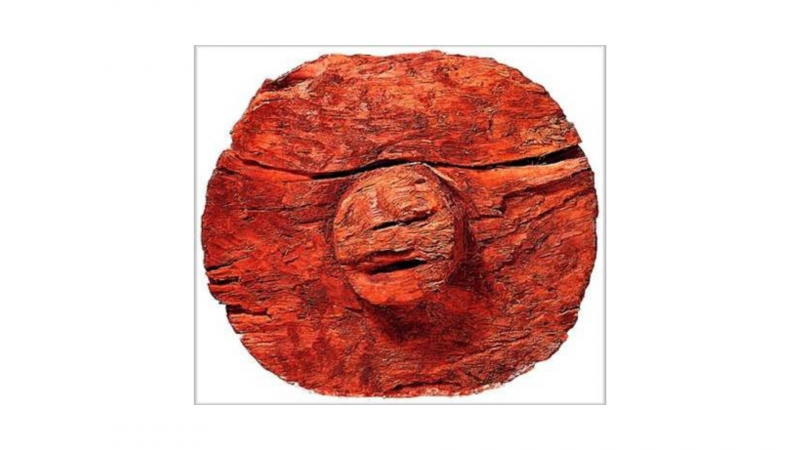Wheel
Babylonia not only created the sailboat for use on the water but also the wheel for use on land routes. The earliest wheels were composed of mud, rock, and clay; wooden wheels only appeared considerably later. Around 3,500 years ago, the Babylonians invented the wheel, which was first used for pottery.
The initial wheel was shaped like a roller and had no spokes. Drilling holes in the wheels for the shaft that passed through a cart's frame gradually connected them with an axle. The wheel was originally employed for transportation by the wealthy and affluent about 3200 BC, and it was soon widely used for pottery, machinery, and irrigation in Babylonia. Initially, potters used them to help mold clay. Later, carts were equipped with wheels, which made moving objects much simpler. Others were formed from short wood planks, some straight and some rounded, and some early wheels were entire disks of wood cut from tree trunks. Someone had the brilliant idea to carve bits of wood to make the wheel lighter and faster around 2,000 BCE. The axle, a rod that passed through a hole in the center of the wheel, was another ingenious design. Saving time and effort, turning the axle also spun the whole wheel.












